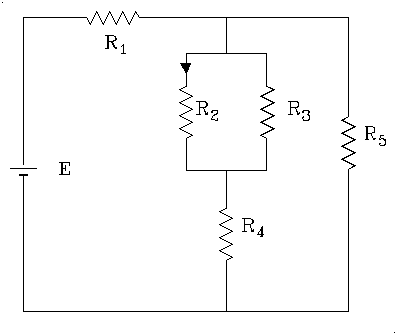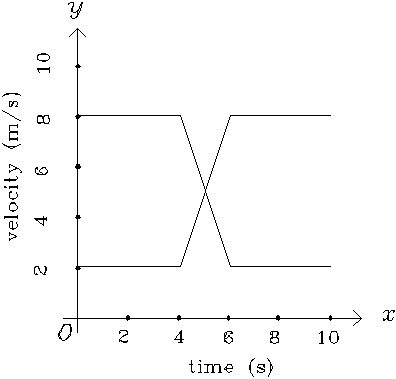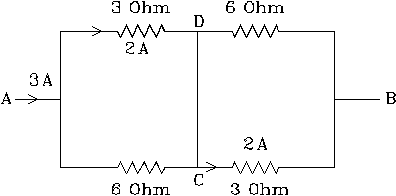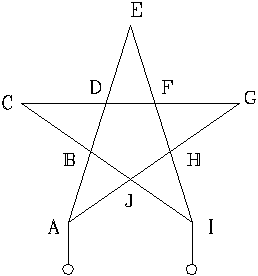|
 |
SCHOLASTIC APTITUDE TEST 1999
PHYSICS
| Time: ONE Hour | Max. Marks: 60 |
|
 |
|
 |
|
 |
|
 |
 for h<<R and
for h<<R and  for any h.
for any h.  for all d.
for all d.  , where n, l, T and
m are the frequency, length of
the string, tension in the string and mass per unit
length respectively. Use this equation in filling the
following blank.
, where n, l, T and
m are the frequency, length of
the string, tension in the string and mass per unit
length respectively. Use this equation in filling the
following blank.A string stretched between two supports has a frequency n. This string is then stretched to twice its original length and fixed between two new supports with same tension as earlier. The new fundamental frequency is .